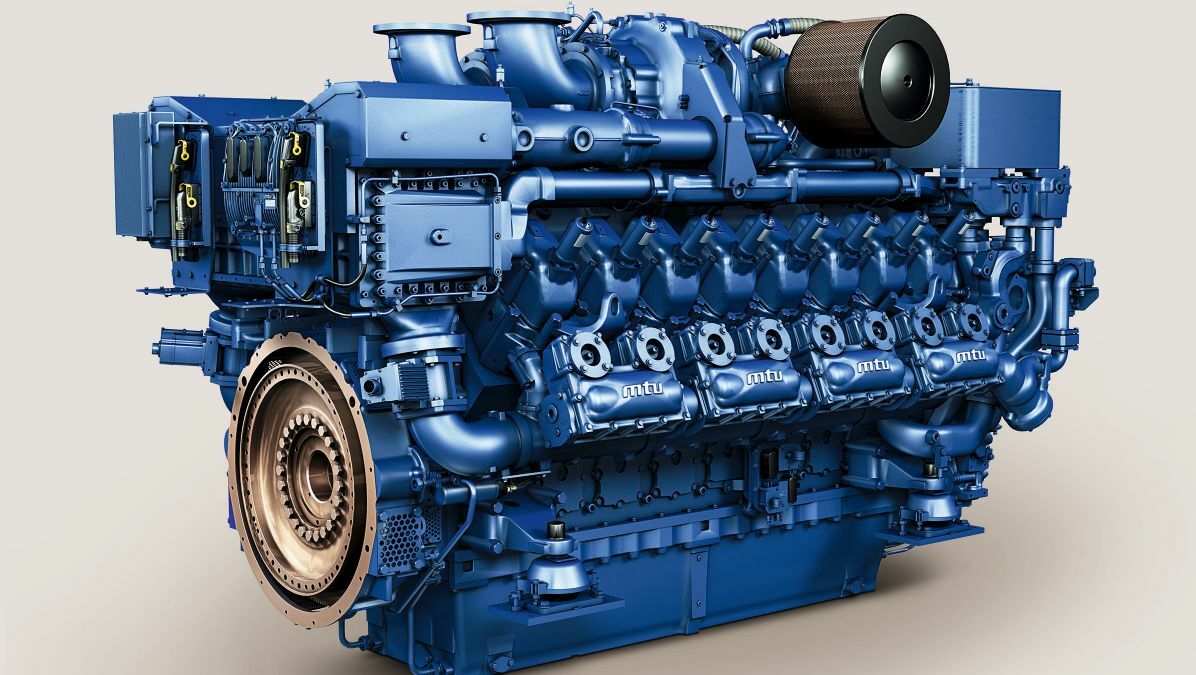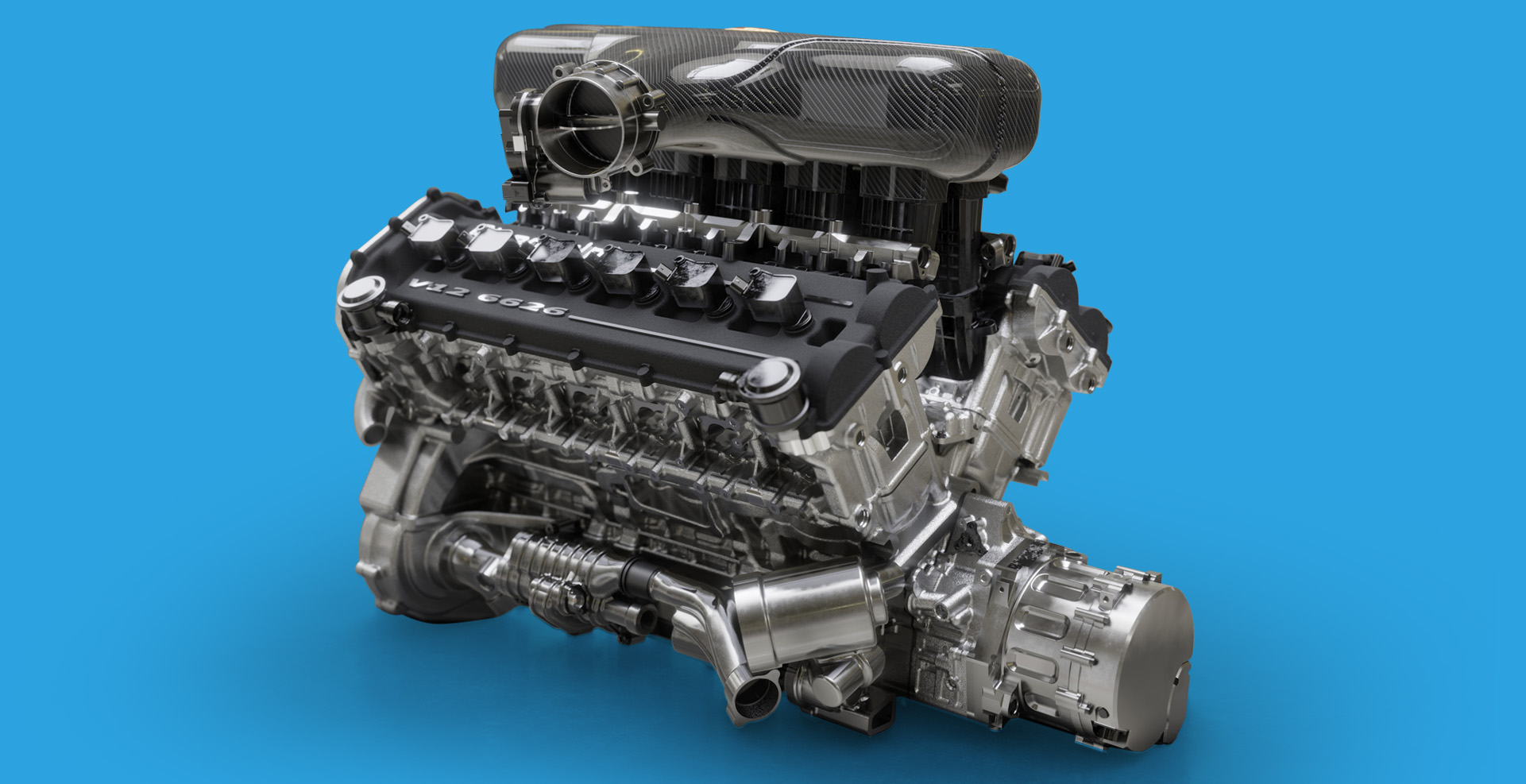Store Engines for Africa and More at Our Comprehensive Auto Components Store
Store Engines for Africa and More at Our Comprehensive Auto Components Store
Blog Article
The Quest for Ultimate Driving Power: Exploring the Peak of Engine Efficiency and Technological Developments in the Automotive Market
In the realm of vehicle engineering, the quest of maximum driving power has actually been an unrelenting pursuit that has unravelled through the development of engine design and the combination of advanced technologies. From the thorough workmanship of burning engines to the fast advancements in electrical propulsion systems, the vehicle sector stands at the cusp of a new period characterized by unmatched efficiency capacities. As engineers and scientists dig deeper into the realms of computational fluid dynamics and explore innovative fuel innovations, the horizon of possibilities expands significantly. Keep tuned as we unwind the detailed tapestry of technical developments that are forming the future of auto power and performance.
Advancement of Engine Design

Moreover, the combination of turbocharging and supercharging modern technologies has transformed engine design by increasing power without significantly increasing engine dimension. These forced induction systems compress the intake air, permitting more fuel to be ignited, therefore producing higher power outcome from a smaller engine. This improvement has actually been particularly critical in enhancing the performance of smaller sized variation engines while maintaining fuel efficiency criteria.

Performance-Enhancing Fuel Technologies
The execution of sophisticated gas innovations has actually dramatically added to boosting engine performance in modern-day automobiles. From traditional gas and diesel to ingenious biofuels, artificial fuels, and hydrogen, the auto market is witnessing a transformation in fuel options. Biofuels, stemmed from renewable sources like algae, corn, or sugarcane, offer minimized emissions and enhanced engine performance. Artificial gas, produced via chemical processes, supply high octane rankings, improving power outcome. Hydrogen gas cells, although still in the onset of adoption, show wonderful guarantee as a result of their zero-emission nature and potential for high performance. Additionally, gas additives and cleaning agents are being formulated to tidy engine components, maximize burning, and minimize rubbing, thus enhancing overall lorry efficiency. With ongoing r & d, the mission for the ultimate driving power continues, as designers strive to open the complete capacity of performance-enhancing gas technologies in the automobile industry.
Innovations in Electric Propulsion
Considerable strides in electric propulsion modern technology have actually changed the automobile market, paving the means for a brand-new era of effective and sustainable transportation. Electric cars (EVs) are gaining popularity as a result of their ecological advantages and developments in battery modern technology, enabling longer driving arrays and much shorter billing times. Producers are investing greatly in research study and growth to boost the efficiency of electric propulsion systems, concentrating on enhancing power result, improving power efficiency, and lowering overall weight.
One notable advancement in electric propulsion is the development of sophisticated electrical motors that supply higher torque and power thickness, leading to enhanced acceleration and overall driving efficiency. Furthermore, regenerative stopping systems have actually been refined to capture and keep energy during deceleration, additional enhancing the performance of EVs.
In addition, the assimilation of clever innovations, such as expert system and predictive analytics, is maximizing the monitoring of electrical propulsion systems, guaranteeing optimal performance under different driving conditions. These improvements in electrical propulsion are reshaping the auto landscape, driving the industry towards an extra sustainable and electrified future.
Impact of Computational Fluid Characteristics
With improvements in electric propulsion pushing the borders of automotive technology, the combination of Computational Liquid Characteristics is playing a pivotal function in enhancing aerodynamic efficiency and boosting total efficiency in lorry style. Computational Liquid Characteristics (CFD) involves using computer simulations to assess the flow of air around a lorry, allowing designers to forecast how layout changes will affect aerodynamics without the demand for expensive physical models. By accurately modeling air flow patterns, CFD enables the improvement of vehicle shapes to decrease drag, boost air conditioning, and boost security.
CFD makes it possible for engineers to enhance air flow around components such as radiators, engine bays, and wheel look at this site wells, adding to improved efficiency and total driving experience. In final thought, the assimilation of Computational Fluid Dynamics stands for a significant step ahead in the mission for best driving power and performance in the vehicle sector.
Future Trends in Engine Development
In the vibrant landscape of automotive design, cutting-edge advancements are shaping the future trajectory of engine development. The future of engine layout is noted by a strong emphasis on efficiency, effectiveness, and sustainability. Makers are significantly concentrating on creating engines that not only deliver high power outcomes yet also focus on ecological obligation by more improving and minimizing exhausts fuel effectiveness.
One famous pattern in engine development is the increase of electrification. Crossbreed and electric powertrains are getting traction as feasible alternatives to conventional burning engines. These modern technologies offer the capacity for significant reductions in carbon discharges and increased power effectiveness, aligning with international efforts to deal with climate change.
Moreover, improvements in products science and production methods are making it possible for the manufacturing of lighter and much more durable engine elements. This change towards light-weight materials such as carbon fiber and aluminum alloys contributes to enhanced efficiency and gas economy.
Final Thought
In conclusion, the pursuit of supreme driving power in the vehicle market remains to drive innovations in engine style, fuel technologies, electrical propulsion, our website and computational fluid characteristics. The development of these modern technologies is shaping the future of engine advancement, leading the way for a lot more efficient and powerful lorries (engines for africa). As the industry proceeds to push the borders of what is possible, we can anticipate to see even much more groundbreaking developments in the mission for peak performance
One of the crucial milestones in engine style evolution is the change from traditional carbureted engines to modern-day fuel-injected systems. By precisely metering the gas delivery to each cylinder, fuel-injected engines optimize burning, resulting in much better performance and reduced environmental effect.
Moreover, the assimilation of turbocharging and turbo charging technologies has transformed engine layout by enhancing power without considerably increasing engine dimension (engines for africa).The implementation of sophisticated fuel modern technologies has considerably added to boosting engine performance in modern vehicles. Furthermore, fuel additives and cleaning agents are being formulated to clean engine components, maximize combustion, and lower rubbing, therefore increasing general vehicle efficiency
Report this page